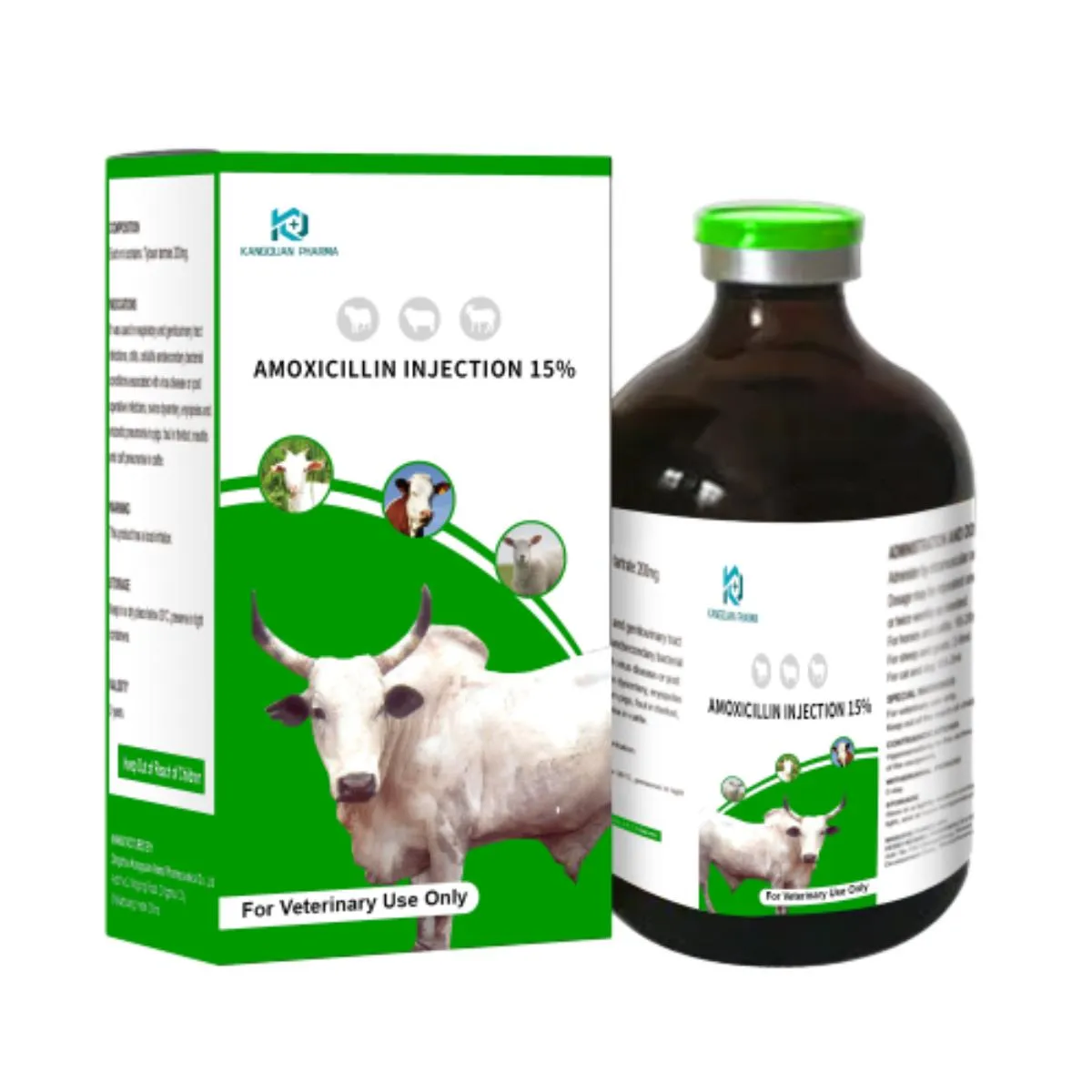- Afrikaans
- Albanian
- Amharic
- Arabic
- Armenian
- Azerbaijani
- Basque
- Belarusian
- Bengali
- Bosnian
- Bulgarian
- Catalan
- Cebuano
- Corsican
- Croatian
- Czech
- Danish
- Dutch
- English
- Esperanto
- Estonian
- Finnish
- French
- Frisian
- Galician
- Georgian
- German
- Greek
- Gujarati
- Haitian Creole
- hausa
- hawaiian
- Hebrew
- Hindi
- Miao
- Hungarian
- Icelandic
- igbo
- Indonesian
- irish
- Italian
- Japanese
- Javanese
- Kannada
- kazakh
- Khmer
- Rwandese
- Korean
- Kurdish
- Kyrgyz
- Lao
- Latin
- Latvian
- Lithuanian
- Luxembourgish
- Macedonian
- Malgashi
- Malay
- Malayalam
- Maltese
- Maori
- Marathi
- Mongolian
- Myanmar
- Nepali
- Norwegian
- Norwegian
- Occitan
- Pashto
- Persian
- Polish
- Portuguese
- Punjabi
- Romanian
- Russian
- Samoan
- Scottish Gaelic
- Serbian
- Sesotho
- Shona
- Sindhi
- Sinhala
- Slovak
- Slovenian
- Somali
- Spanish
- Sundanese
- Swahili
- Swedish
- Tagalog
- Tajik
- Tamil
- Tatar
- Telugu
- Thai
- Turkish
- Turkmen
- Ukrainian
- Urdu
- Uighur
- Uzbek
- Vietnamese
- Welsh
- Bantu
- Yiddish
- Yoruba
- Zulu
10 月 . 30, 2024 21:27 Back to list
oxytetracycline injection dose in cattle
Oxytetracycline Injection Dose in Cattle
Oxytetracycline is a broad-spectrum antibiotic that is widely used in veterinary medicine, particularly in cattle. It belongs to the tetracycline class of antibiotics and is effective against a variety of gram-positive and gram-negative bacteria, as well as certain protozoa. This makes it a valuable tool in managing infections in livestock, particularly in cattle, where respiratory infections and other bacterial diseases can significantly impact health and productivity.
When administering oxytetracycline to cattle, correct dosing is crucial to ensure efficacy while minimizing potential side effects. The typical dosage of oxytetracycline injection in cattle varies depending on several factors, including the specific indication, the animal's weight, and the severity of the infection. Generally, the recommended dosage ranges from 4.4 to 11 mg per kg of body weight, given either as a single injection or divided into multiple doses over several days.
Administration routes for oxytetracycline can include intravenous (IV), intramuscular (IM), or subcutaneous (SC) injections. The IM route is commonly used as it allows for good absorption into the bloodstream and is relatively easy to perform in clinical settings. It is essential to ensure that the injection site is clean to minimize the risk of infection and to avoid using the same site repeatedly, as this can lead to tissue damage.
oxytetracycline injection dose in cattle

An important consideration when using oxytetracycline is its residual effects, which can impact food safety. For this reason, veterinarians often adhere to withdrawal times, which refer to the period that must elapse after treatment before the animal can be slaughtered or before its milk can be used for human consumption. The withdrawal time for oxytetracycline typically ranges from 4 to 30 days, depending on the formulation used and the route of administration. It's crucial for producers to adhere strictly to these guidelines to ensure that meat and milk products are safe for human consumption.
While oxytetracycline is effective, it is essential for livestock producers to use it judiciously
. Overuse or misuse can contribute to antibiotic resistance, which poses significant risks to both animal and human health. As such, it is vital for cattle producers to consult with a veterinarian to develop a proper treatment plan, which may include alternative management practices alongside antibiotic therapy.In conclusion, oxytetracycline is an important antibiotic for treating bacterial infections in cattle. Proper dosing and administration, adherence to withdrawal times, and responsible use are essential to maximizing its benefits while minimizing risks. By prioritizing these considerations, cattle health and productivity can be maintained effectively.
-
The Power of Radix Isatidis Extract for Your Health and Wellness
NewsOct.29,2024
-
Neomycin Sulfate Soluble Powder: A Versatile Solution for Pet Health
NewsOct.29,2024
-
Lincomycin Hydrochloride Soluble Powder – The Essential Solution
NewsOct.29,2024
-
Garamycin Gentamicin Sulfate for Effective Infection Control
NewsOct.29,2024
-
Doxycycline Hyclate Soluble Powder: Your Antibiotic Needs
NewsOct.29,2024
-
Tilmicosin Premix: The Ultimate Solution for Poultry Health
NewsOct.29,2024













